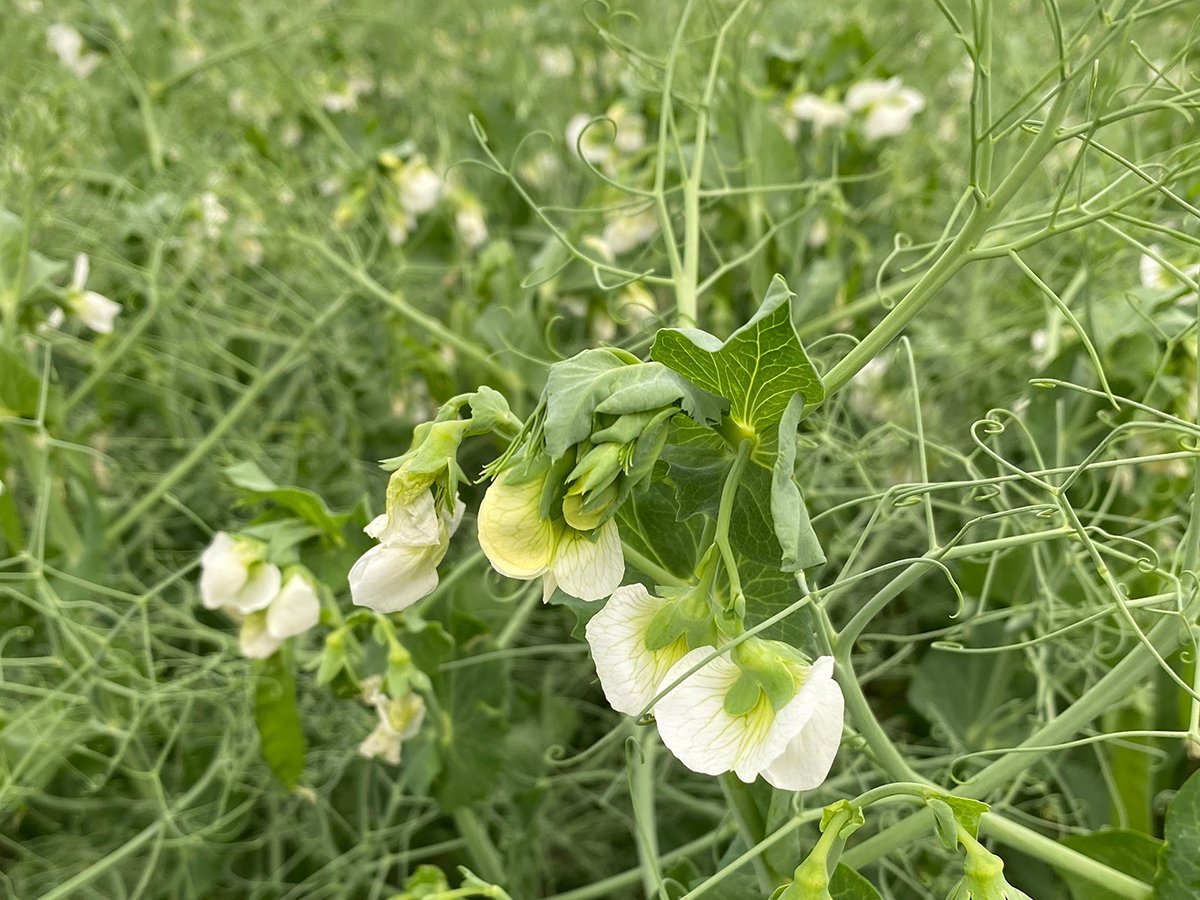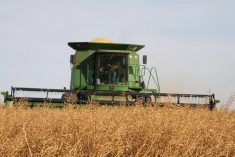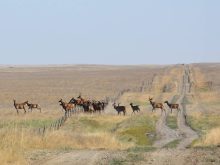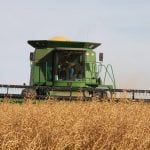Hot roast turkey with all the trimmings spread out in the field impressed a bunch of hockey players who happened to be visiting her farm one harvest, said Doris Pattison of Delisle, Sask.
She said the men didn’t believe what they were getting. While she hasn’t been cooking field meals in a long time, “I have one memory of the hot meals, two kids and rough roads and two-year-old Gord ended up head-first in the mashed potatoes,” Pattison said with a chuckle.
She said new brides often had trouble delivering meals to their farming husbands because they didn’t know the local landmarks. ” ‘I’ll be at Wilmots by supper’ was a trifle vague,” she said.
Read Also

Crop quality looks good this year across Prairies
Crop quality looks real good this year, with the exception of durum.
Pattison said tailgate suppers provide more than nutrition. They break the monotony of the day and provide a safety reminder and social period.
“It’s a time for the kids to talk to Dad about how the new pup is shaping up or who in their class has dyed their hair red.”
Through 36 years of marriage Dahlia Stevenson, of Patience Lake, Sask., has been cooking meals at harvest. But it wasn’t a trial since she already knew how to cook as the youngest of eight raised on a farm.
These days she cooks for six men on alternate days with a sister-in-law, while a daughter-in-law who works in the city does the weekends. She co-ordinates the meals by “asking the men what they had for supper that day.” Stevenson’s strategy for the three weeks of harvest is to bake pies ahead of time and freeze them, and get organized either the day before or the morning of her turn to cook because “invariably”, she said, the men want her to fetch a part or ferry them around the fields.
She uses tomatoes, cucumbers, potatoes and beans from her garden and plans a roast beef, turkey or meat loaf. And there is always dessert. It is all packed hot into boxes and containers along with carafes of coffee and cold juice, loaded into a van that holds a table that seats the men and driven to the field.
Carolyn McDonald, of Richard, Sask., said her main rule with harvest meals is trying to cook food that doesn’t require a knife to eat. She uses pre-cut portions and makes a lot of one-pot meals such as stew or lasagna. While she has no special recipes, she tries to make a lot of meat and fruit pies since these can be eaten with a fork alone.
Since McDonald is working in the fields during their four-week harvest period, she copes by planning for and making up whole meals and single servings and stashing them in the freezer so it’s easy for the family or individuals to grab lunch or supper. The oven, crock pot and microwave all get used in heating meals and the dishwasher helps with cleanup.
Other farm families turn to group kitchens during harvest where all the meals are prepared, and sometimes served, in a central location. Some restaurants offer harvest takeout specials during this time. McDonald said some women take a camper to the field to do the cooking rather than transport hot food from home.
Shannon Storey, of Perdue, Sask., said meals and child care are “basically a logistical struggle” worked out between her and her sister-in-law. Their husbands farm together and the two women work in the city so they talk and compare schedules to see who does the meals and child care on certain days.
Since they want to take as few pots to the field as possible they fall back on Swiss steak, beef stew and tuna casserole with lots of vegetables, said Storey. The children help out where they can whether it’s the three year old who puts plates in a bag and fills the water jug or the teens that work in the field or look after younger siblings.
Corel dishes are preferred by some families because they don’t break. McDonald doesn’t believe in throwaway plates because farmers are supposed to be caring for the environment and Storey said they have enough garbage to burn on the farm without adding disposable plates.














